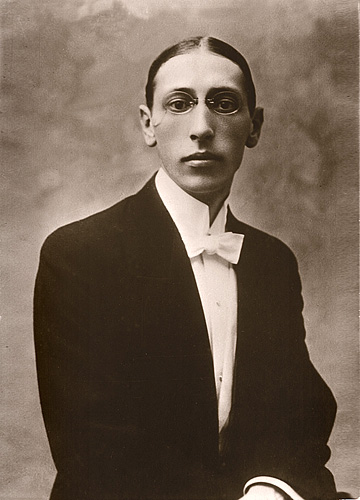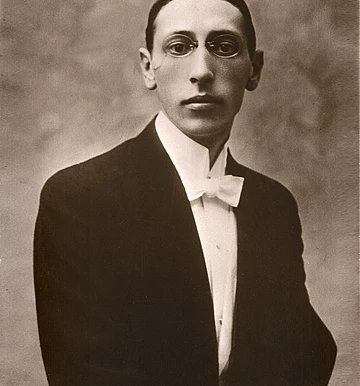Uncategorized
Stravinsky and His viewpoint on the Concept of Art – Part III

Igor Stravinsky, Russian-born composer, pianist and conductor, was one of the most influential composers of the XX Century, also known as “the father of contemporary music” thanks to the originality in the rhythmic design of his ballets, especially “the Rite of Spring”.
Igor Stravinksy compositions made clear his unique vision about art and the act of composing music. In his thoughts, we can clearly appreciate the depth of his artistic approach. Stravinsky stands his view in three main pillars: Dogma, Revolution vs. Originality and Method. In this article, I would like to shed some light on the matter.
* Dogma: Stravinsky refers to dogma as “we need to prevail order over chaos, to highlight the straight line of our operation between the clutter and the confusion of possibilities and the indecision of ideas.” In this regard, he adds that “order allows us to dogmatize in the matter we are dealing with … […] it encourages us to situate our own creative activity under the protection of dogmatism“. Consider this basic and essential point for any type of composition, be it musical or not, be it a step of the work, there are decisions to be made between a sea of possibilities, even in the initial setting of the work or in the final details.
* Revolution vs. Originality: “Everyone who has something to say and to sell, so to speak, of the established convention, must be recognised as a revolutionary why load the fine arts dictionary with this booming term when there are so many words more so as to designate originality? […] art is constructive in essence, revolution implies a rupture of equilibrium, who, given revolution, says provisional chaos, […] I approve audacity, I do not fix it, so, limits, but there are no limits to the errors of the arbitrary … the revolution is one thing and the novelty is another“.
These should resonate in every composer’s mind: an attempt to get out of the convention, which expresses something but does not have a way to have a destructive intention for the music paradigm of common practice.
* Method: “Art is a way of doing technique by means of educated methods, services or by the invention, and the methods are the strict and safe ways that ensure the correctness of our operation“. […] if in that sense, we take the reason exclusively, we arrive at false conclusions, since it is the instinct that clarifies them. Instinct is infallible.”
Consider this point, initially paradoxical with the temperature that was developing about the cosmos, order, etc., throughout the book until that moment, but then I came to the conclusion that we consider it instinct, it is that first (or original) inspiration that makes us start the work, even before making the formal plan, or write a note on the staff. I directly relate this point to the musical phenomenon: “the musical phenomenon is not a phenomenon of speculation, […] this expression simply, at the base of musical creation, a prior search, a will that is placed in advance in an abstract plane, object of giving form to a concrete matter The elements that necessarily pertain to this speculation are the elements of sound and time“.
In these three articles, we have observed the artistic object through the view of three different great men: Aristotle (Part I), Edgar Allan Poe (Part II) and Stravinsky.
Each author presents ideas and judgments about how a work should be proposed, all pose a “making” (a concept taken from Aristotle):
All three agree that this “making” is to agree according to certain norms: in the case of Aristotle it relates to mimesis and verisimilitude; in the case of Poe who maintains that a work must be free of any accident or intuition, but armed a priori; or Stravinsky, relating it to his concept of cosmos and dogma.
#pianolessonsLondon #adultpianolessons #compositionlessonslondon #pianoteacherslondon #spring

